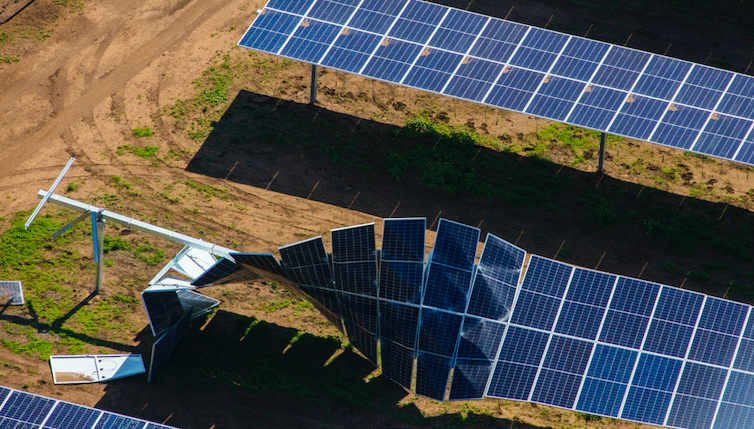Solar asset owners need to do more to prepare for severe weather-related disasters and aging PV assets, said Auston Taber, CEO of Solar Support, an inverter O&M specialist. “The biggest problem is that a lot of them don’t have an emergency recovery plan for getting a PV plant back online after a weather event,” he added.
In the U.S., this year alone, there have been ten weather/climate disaster events with losses exceeding $1 billion each, according to the National Oceanic and Atmospheric Administration.
Tornados, sandstorms and wildfires present a risk, but Taber estimates that about 60% to 75% of weather-related PV plant damage in the U.S. is due to hurricanes, meaning that plants in the Southeast and in Gulf Coast states are particularly vulnerable.
On top of this, an increasing number of PV plants are getting old, Taber said. The typical lifecycle of a PV plant is about 25 to 30 years, and the oldest utility PV sites (20+MW) in the U.S. were built in 2006 to 2008.
Insurance payments can cover lost production, but insurance premiums have been going up as have the number and strength of extreme weather events in the U.S.
For their part, insurers want to see a rapid progress toward repairs, especially if they are paying lost production damages, Taber said, noting that lost production payments don’t continue indefinitely.
With older sites, manufacturers’ warranties, which typically last ten years, might have expired and replacing like for like isn’t always an option or the best option after equipment has been damaged. Also, solar component manufacturers might have gone out of business or equipment might be obsolete, Taber said.
Time is often the biggest risk facing any restoration project, Taber said. Often, a disaster recovery specialist or an engineering company with PV plant restoration experience is not brought in until months after a weather event.
According to Taber, this is why having a plan is critical. “A lot of companies shut down a [weather-damaged] site to get work done… And sometimes there are strategic ways to do the work while prioritizing production,” he said, noting that finding these solutions can stem production revenue losses.
Utility solar experts from Solar Support, DEPCOM Power and Nextracker are jointly hosting a webinar on utility plant recovery after natural disasters today.
This content is protected by copyright and may not be reused. If you want to cooperate with us and would like to reuse some of our content, please contact: editors@pv-magazine.com.








By submitting this form you agree to pv magazine using your data for the purposes of publishing your comment.
Your personal data will only be disclosed or otherwise transmitted to third parties for the purposes of spam filtering or if this is necessary for technical maintenance of the website. Any other transfer to third parties will not take place unless this is justified on the basis of applicable data protection regulations or if pv magazine is legally obliged to do so.
You may revoke this consent at any time with effect for the future, in which case your personal data will be deleted immediately. Otherwise, your data will be deleted if pv magazine has processed your request or the purpose of data storage is fulfilled.
Further information on data privacy can be found in our Data Protection Policy.